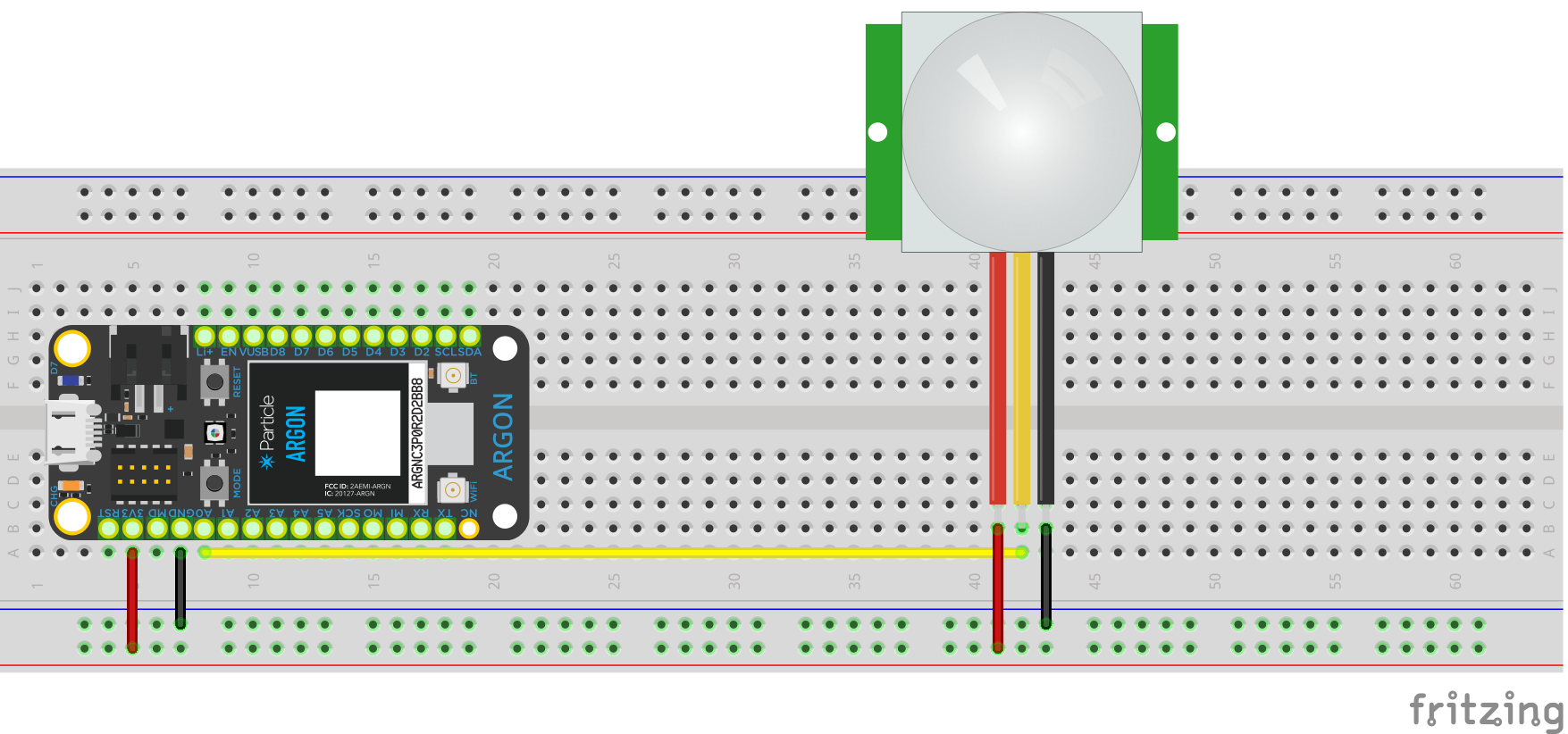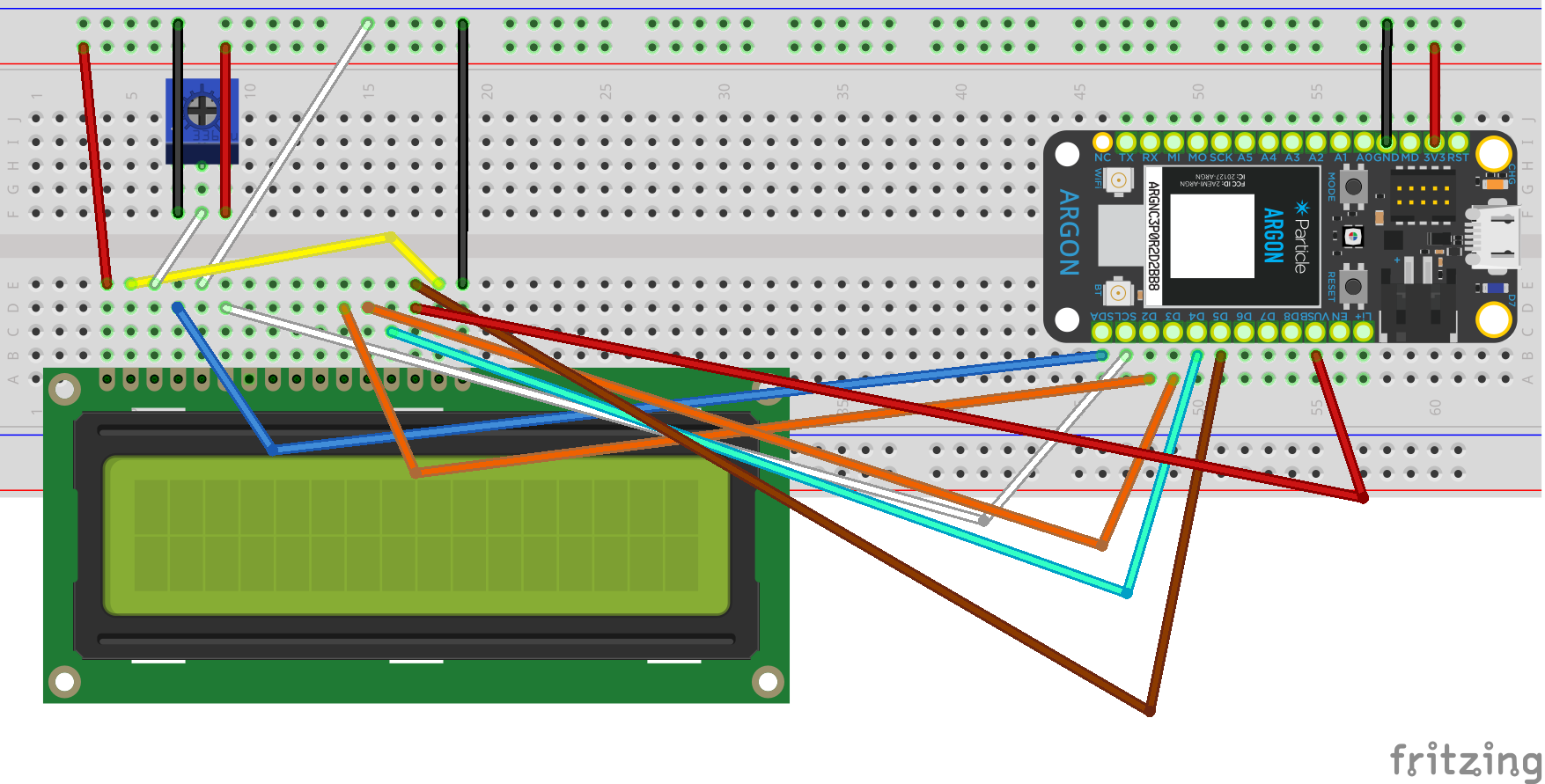Two men from a foreign land find their way to the land of opportunity. After introducing revolutionary technology, the world was forever grateful for their efforts. This project shows one man who insanely loves golf! He decided to create a project that included a motion sensor and an LCD screen to inform his friends on how much he loves golf while sleeping.
DetailsOne argon, named "Forex, " contains the LCD. The other argon, named "hamster_penguin, " contains a motion detector. As shown in the code provided, the LCD argon is subscribed to the motion detector argon, allowing for signals to be sent to and from each argon. When motion is detected, Forex is sent a signal to change what is printed on the LCD. When the LCD is changed, a signal is then sent back to hamster to blink an LED on the argon.
Ex) "Sleeping..." is read on the LCD when the motion detector is not triggered, but "I love Golf" is printed on the LCD when it is sent a positive signal from the motion-detecting argon.
Tips:
- The motion detector sensitivity can be changed with the on-board potentiometers included on the device circuit board.
- Make sure all wires have a good connection
- After each flash of an argon, unplug the device, then plug it back in.
- When the argon is malfunctioning, put it into safe mode, and then re-flash the code. After flashing, unplug the device, then plug it back in.
https://docs.google.com/document/d/1SMkcOGuJwm6R75FhBSL_dyvPb3njkLdVLi0zVaitW9Y/edit?usp=sharing
*Hackster.io uploaded images upside down so please view the Google doc link above.
VideoGraph




_zhWsCcSEcl.jpg?auto=compress%2Cformat&w=48&h=48&fit=fill&bg=ffffff)










Comments